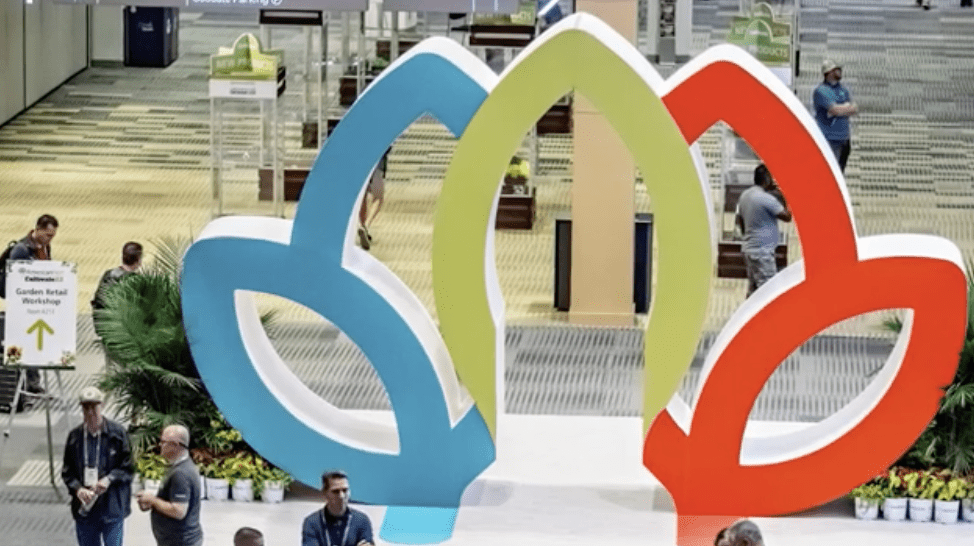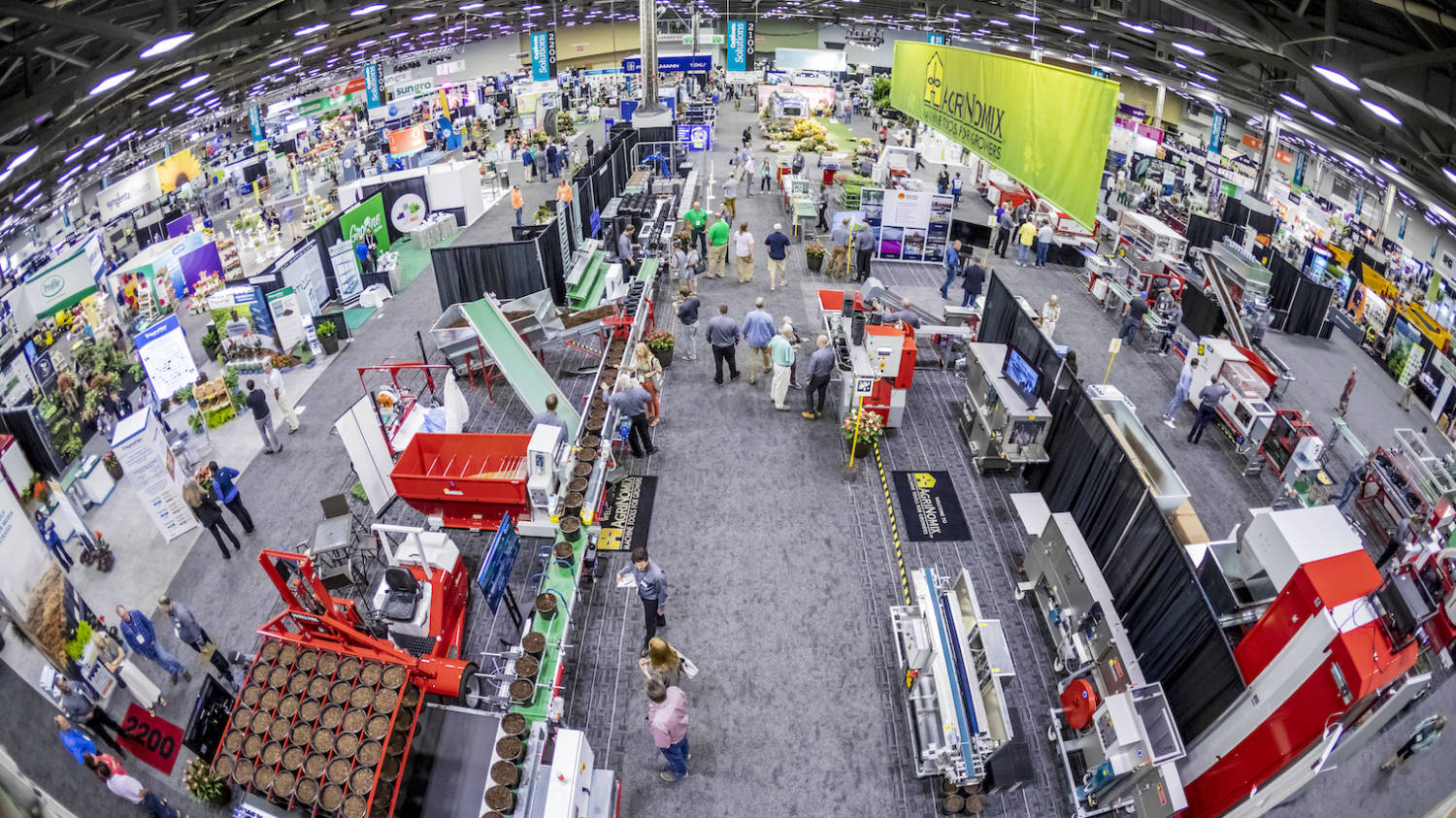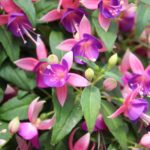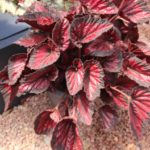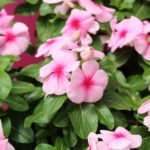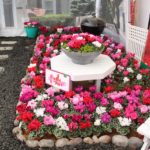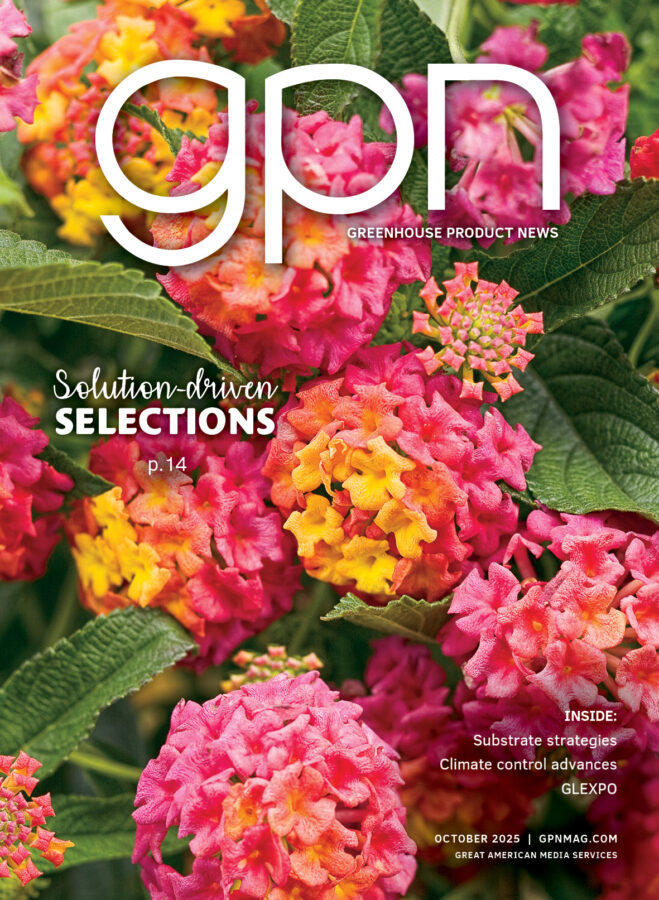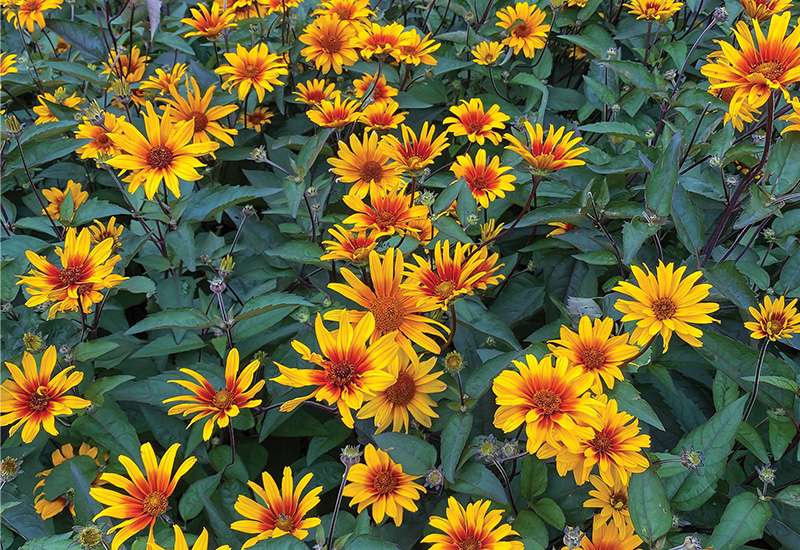
Culture Report: Heliopsis ‘Burning Hearts’
Heliopsis, commonly known as oxeye sunflower, is one of the most impactful genera in terms of garden and landscape applications. Garden centers, landscape contractors and professional growers are tapping into it for its intrinsic value and growing consumer popularity. Part of the market appeal for heliopsis is its ability to produce an abundance of color and volume in mass plantings. It is also loved by home gardeners as a stunning cut flower.
This showy perennial is native to eastern and central North America. Heliopsis is a hardy and easy-to-grow plant that is tolerant of poor, dry and clay soils. The genus is also admired among horticulture trade professionals and consumers for its bright, vivid petals that are often visited by birds, bees and other pollinators given the plant’s numerous nectarrich flowers.
The genus name derives from the Greek words “helios,” which means sun, and “opsis,” meaning combining form, spectacle and sight or appearance. The latter is thought to refer to the rayed and yellow flowerheads.
“Heliopsis ‘Burning Hearts’ has been part of the De Vroomen Spring program for years,” said Bruce Bradley, general manager with De Vroomen Garden Products’ Bulb Canada division. “The variety is a favorite among many people because of its versatility for bed, border and mass plantings, and the fact it is long-lasting and vigorous.”
Heliopsis ‘Burning Hearts’, a perennial that belongs to the sunflower family (Asteraceae), was originally bred by Jelitto Perennial Seeds in Germany and introduced by Jelitto in 2016. One of the standout features of this robust perennial is its rich, deep red-orange, daisy-like flowers that bloom from July through October.
Some refer to the flowers as appearing like flames or being flamekissed due to their fiery-red centers and red-to-yellow and orange petals.
“‘Burning Hearts’ is an extremely resourceful plant, tolerating a range of temperatures and weather conditions,” Bradley said. “The variety also adds immense landscape value in dry gardens or applications where low water conditions exist, and it has a desirable low susceptibility to diseases and pests.”
Heliopsis ‘Burning Hearts’ is a well-placed alternative to sunflowers with generally more benefits. Usage locations and applications are rife, some of which include cottage and perennial gardens, as foundational plantings along borders and in backyard cutting-garden beds. The variety offers wide appeal across USDA Hardiness Zones 3 to 9.
In addition, deer and rabbits usually steer clear of the variety, making it ideal for landscapes in suburban and rural settings.
The following recommendations include best practices for successfully growing ‘Burning Hearts’ from bare root:
PROPAGATION
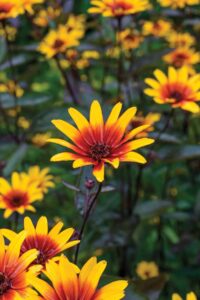
Use a well-drained growing medium with an EC of 0.75 to 0.80 and pH of 5.8 to 6.2, and stick cuttings the day of arrival if possible. Root development should be visible in 14 to 16 days. Once roots become visible, begin fertilizing ‘Burning Hearts’ within 50 to 75 ppm nitrogen.
During root development, it is key to maintain moderate moisture levels in the soil. Avoid saturation of media. The roots should be ready for transplanting within 35 to 42 days after sticking. If rooting ‘Burning Hearts’ during winter months, 14 hours of extended daylight is required for successful propagation.
FINISH
‘Burning Hearts’ should be finished in a media with good aeration and drainage. The variety prefers a growing medium that is high in organic matter and optimal pH of 5.8 to 6.2.
The finish time for ‘Burning Hearts’ is 12 weeks on average. Mature plants can grow to 4 feet tall with an impressive spread of 18 or more inches.
LIGHT
‘Burning Hearts’ will perform well under moderate-to-high light.
WATERING
The growing media for this variety should be allowed to dry regularly and fully between waterings. It is also key to never saturate or overwater ‘Burning Hearts’ while growing it. The variety should not be allowed to wilt.
FERTILIZER
Use a balance of fertilizer at a rate of 150 to 175 ppm.
PGRs
‘Burning Hearts’ will not require growth regulator treatments.
DEADHEADING OR PRUNING
Remember to pinch ‘Burning Hearts’ when the plant is well-rooted. Deadhead this variety to remove spent flowers and extend the flowering season. To learn more about heliopsis ‘Burning Hearts’ and De Vroomen’s other bare root and bulb products, please visit devroomen.com.








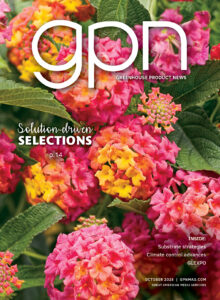
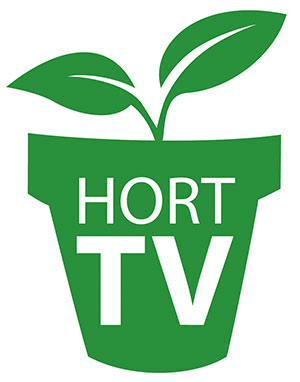 Video Library
Video Library 